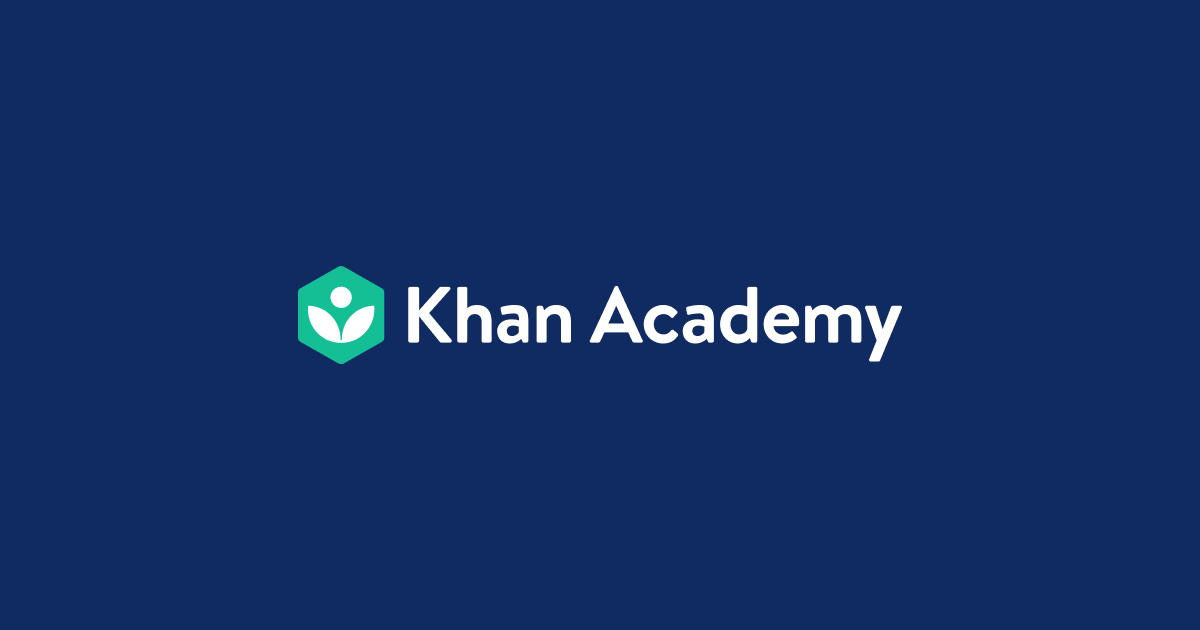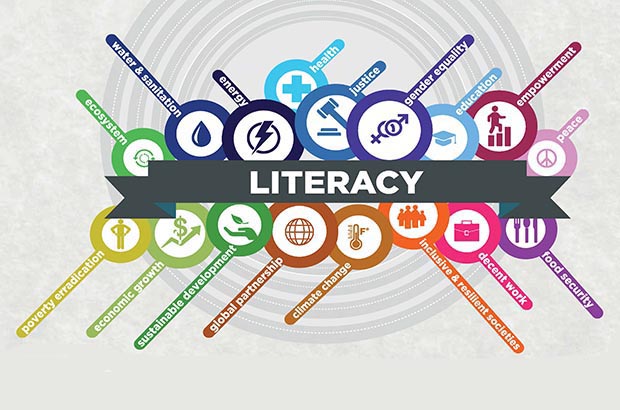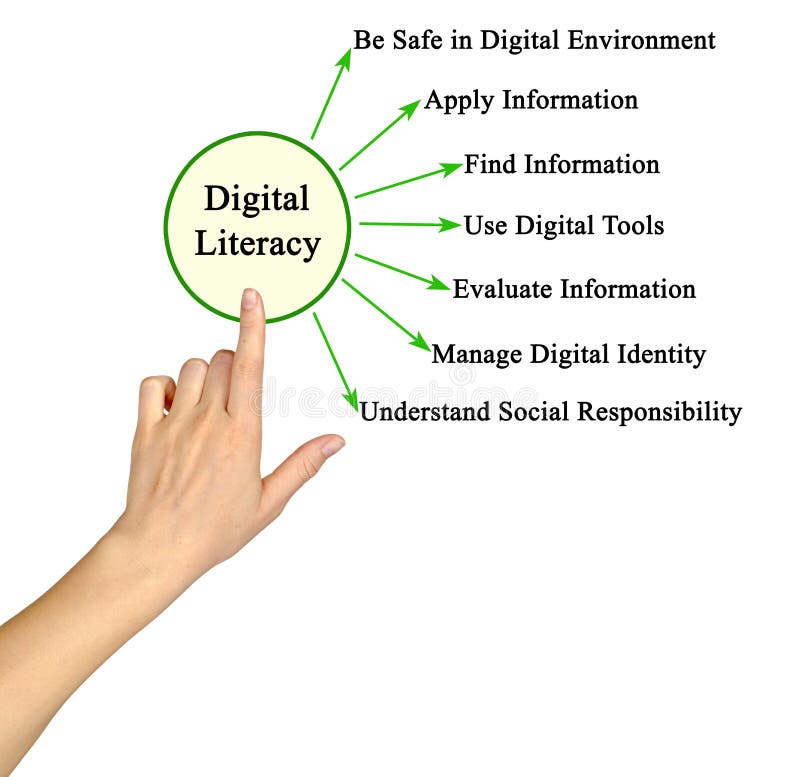Our EC&I832 class is completed now, and for my major project, I chose option-2 i.e., “Personal journey into media” This course introduced me to these applications which are Desmos, TikTok, and khan academy. All three of them are interrelated and are best for teaching students. In today’s time when children are more involved in smartphones or the internet, teaching them with the help of these apps will be easier and they will even learn faster. Students will be learning and understanding things faster than before as they will be able to visualize the concept and learn in a unique way instead of just reading books. I am surely going to use these apps while teaching my students so that they grab concepts faster. Now let us discuss how these applications individually help students and how are they interrelated to each other.
Desmos
Desmos’ math education is particularly adaptable because it is a mix of cutting-edge technology and student-generated concepts. Students could use their gut feelings and logical analysis to learn and build new skills. Desmos’ lessons and curriculum are created in such a way that they encourage students to employ their concepts before turning to formal mathematics chapters, thereby improving their fundamental knowledge. Numerous facilitation tools, including units, courses, lesson guides, lessons, and so on, can be found within Desmos’ curriculum manual.
Desmos Tools allow you to utilize a scientific calculator, graphing calculator, or geometry tool to aid in math learning or to visually show math ideas. When reading projects that correspond to geometry or algebra content, or while watching a lesson that incorporates geometry or algebra content, you could utilize Desmos Tools from the Tools panel and e-text.
Desmos likewise TikTok can be viewed any number of times. It also helps the students in visualizing the concept and understanding it faster.

Tik Tok
The videography features of TikTok have motivated me to create TikTok-based projects that are shared across private classroom groups as a creative instructor. Students generate material that illustrates their understanding of subjects and supports peer-to-peer education, either individually or collaboratively. Teachers have offered an inventive assortment of media-based projects using TikTok in the classroom, and the possibilities are nearly endless. I’ll make math videos and present them to kids to help them learn the topic. The nicest part is that they are free to view it as many times as they choose.
Teacher-created videos that students may watch over and over are undoubtedly the most successful implementation of TikTok in the education sector. Students gain from this method since they are not distracted by the need to remember each word in their notebooks. Rather, they get unrestricted access to a video representation of the key points. TikTok is also used in this manner to avoid the issues that might arise when kids use it.
Using social media to Its Full Potential- Some parents and instructors are afraid that introducing TikTok in the classroom will serve as a distraction rather than encouraging learning. Those who have effectively incorporated the platform observe that they take steps to reduce distractions. They precisely limit the number of times students are allowed to use TikTok and verify that they are concentrated on the specified job while logged onto the platform. They believe that fighting social media is futile and that rather, they should focus its power on enhancing educational achievements.
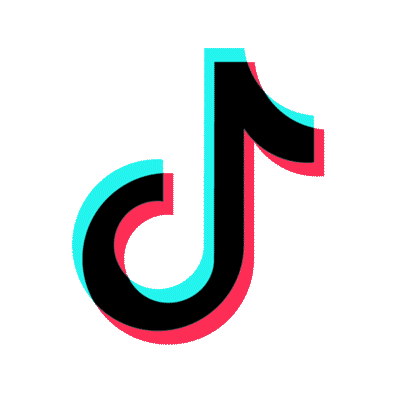
Khan Academy
This lesson, on the other hand, tremendously benefited me in knowing more about numerous digital websites and resources that I can use to improve the quality of my classroom and learning procedures. For my major project, I learned about TikTok and Desmos, two educational platforms, and I’m now focusing on Khan Academy, a highly smart and intriguing website that aids post-service and pre-service instructors and their learners.
Each day, thousands of students from all around the globe learn at their ideal speed at Khan Academy, everyone with their own fascinating story. In addition to the French, Spanish, as well as Brazilian Portuguese editions of their website, their contents are being converted into over 36 languages. It takes a devoted cheater to be competent to take advantage of Khan Academy. It won’t let you avoid or move on to the following question unless you provide an answer that appears to have taken some time. Students must be regularly watched to ensure that they are appropriately using the platform.
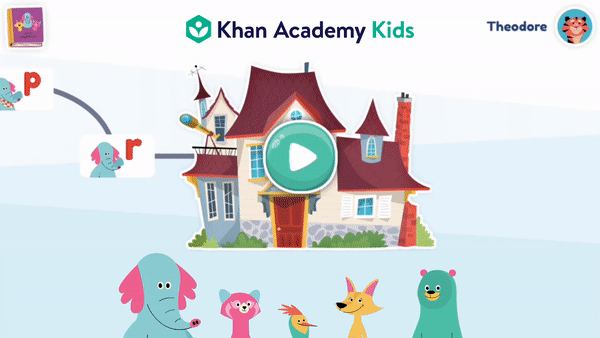
This ensures that students who are truly struggling are achieving 100 score at Khan Academy. To do so, parents and instructors must assess how many efforts the student may have made to achieve a score of 100.
Because Khan Academy is extremely user-friendly, teachers can easily assign it to students without first attempting to solve the topic. Furthermore, the tasks have already been graded, which is a significant plus for teachers. As a tutor, though, I do provide some Khan Academy material. It is useful in determining what the student understands, but only because I am studying the data. Khan Academy is not a test in and of itself.
Teachers should have a basic understanding of what Khan Academy is and what it is not. Otherwise, it will not be a good indicator of the student’s knowledge. This is true of many of the technology programs available. Khan Academy is popular among teachers since it is online, free, and could be combined with Google Classroom for marking.
Relation of all three apps.
Desmos, TikTok, and Khan Academy are all interrelated and are helping students as well as making it easier for teachers to make students understand the concept. In all these three apps short videos are shown to the students in classrooms themselves and they learn and understand the concept making it easier for us (teachers).
In today’s time when kids are more involved with smartphones and social sites and are spending a lot of time there instead of studying these applications would draw their interest. They will be involved in social sites and will be gaining knowledge as well. All three applications will draw the interests of students and they will gain knowledge via video content that will be uploaded in these applications. Teachers and parents will not have to force the children to study since they will themselves be interested in viewing the videos in any or all of these three applications and will learn a lot of things about all subjects including mathematics.
Students can view the videos in these applications as many times as they want to. Because of this, they do not have to note down everything in their notebooks and instead can watch the video whenever they wish to. This helps students retain a lot in their heads and score good marks in academics. I would suggest all the teachers use these applications in their classrooms as well as students to use this in learning math’s as well as other subjects.
Thank you
Lovepreet Kaur
